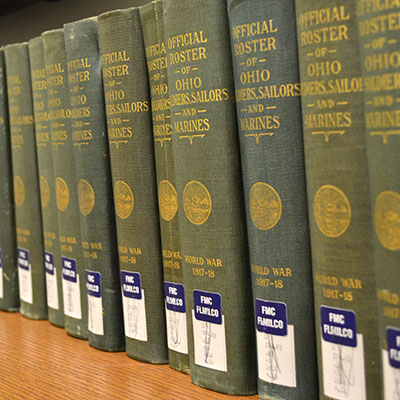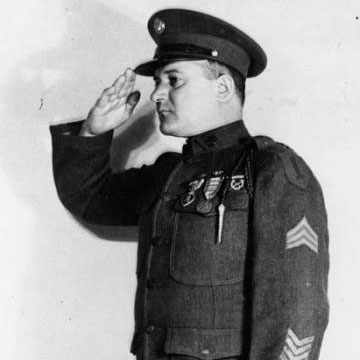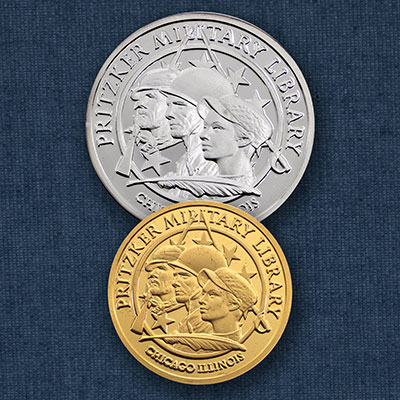Happy 75th birthday to the United States Air Force!
On September 18th, 1947, the United States Air Force was officially established as one of the United States’ (now) eight federal uniformed services, separating itself from its ties to the U.S. Army Air Corps, thanks to the passage of the National Security Act of 1947, which also created the Department of Defense. President Harry S. Truman, who had advocated for the National Security Act’s legislation, signed it into law on July 26, 1947, after the bill had passed both the House of Representatives and the Senate. James Forrestal was confirmed by the United States Congress as the first Secretary of Defense on September 17, 1947, and many of the provisions of the National Security Act, including the creation of the United States Air Force as an independent service, began to take effect on September 18, 1947.
Prior to that date, the U.S. Air Force did not exist as a separate and independent military service organization. Pilots, navigators, bombardiers, and other aviation related personnel served through a series of several designations including the Aeronautical Section, the Signal Corps in 1909, the Aviation Section, the Signal Corps in 1914, the United States Army Air Service in 1918, the United States Army Air Corps in 1926, and the United States Army Air Forces in 1941.
Nonetheless, the five core missions of the Air Force have not changed dramatically since becoming independent and equal to the U.S. Army and U.S. Navy in 1947, although they have evolved. Today, their core values are now articulated as air superiority, global integrated intelligence, surveillance and reconnaissance, rapid global mobility, global strike, and command and control. The purpose of all these core missions is to provide what the Air Force views as global vigilance, global reach, and global power. 
And the US Air Force has been able to provide us with just that over its significant service history. Some of the branch’s milestones include the 1949 flight of the “Lucky Lady II”, which demonstrated the Air Force’s capability to fly non-stop around the world. From 1950-1953, during the Korean War, they made history engaging in completely aerial jet combat. The following year, the B-52 Stratofortress made its way into the Air Force’s inventory and has served in every conflict since.
In the 1960s, the USAF introduced the development and deployment of Intercontinental Ballistic Missiles as a component of the United States’ aerial defense capability. We’ve seen the Air Force develop laser-guided bombs and new stealth technology for a variety of aircraft, play a major role in the swift defeat of the Iraqi military forces during the first Persian Gulf War and even transition how they employ forces with their Expeditionary Air Force Concept.
Today, the United States Air Force exists within the Department of the Air Force, as one of the three military departments of the Department of Defense. The Air Force is headed by the civilian Secretary of the Air Force, who reports to the Secretary of Defense. There are currently 329,476 individuals that serve on active duty in the United States Air Force and Space Force, the latter of which was created as a sister branch on December 20, 2019. That number can be broken down to approximately 172,000 civilians, 69,000 reserve airmen, and 107,000 air national guard airmen. There are an additional 4,000 cadets at the United States Air Force Academy as well as service personnel serving in the Air National Guard and Air Force Reserve.
The Museum & Library has a strong collection of aviation history and aviation studies holdings, thanks to donations from collectors (like Dr. Charles Metz) to air force personnel (like Norman E. Harms), and scholars (like Robin D.S. Higham). From items on the Wright Brothers to volumes on current military planes, members can fly the big wild blue and follow the adventures of aviation aces by reading books or checking out videos from our growing collection.
Thank you to all who have served or are serving with the United States Air Force, the Museum & Library will be celebrating with you this anniversary!
Selected titles to check out:
Boyne, Walter J. Beyond the Wild Blue: A History of the United States Air Force, 1947-2007. 2nd ed. New York: Thomas Dunne Books/St. Martin's Press, 2007.
Cleaver, Thomas McKelvey, and Walter J Boyne. Mig Alley: The U.S. Air Force in Korea, 1950-53. Oxford, UK: Osprey Publishing, 2019.
Deaile, Melvin G. Always at War: Organizational Culture in Strategic Air Command, 1946-62. Transforming War. Annapolis, Maryland: Naval Institute Press, 2018.
Schwartz, Norton A, Suzie Schwartz, and Ronald Levinson. Journey: Memoirs of an Air Force Chief of Staff. New York, NY: Skyhorse Publishing, 2018.
Tollini, Rick. Call Sign Kluso: An American Fighter Pilot in Mr. Reagan's Air Force. Havertown, PA: Casemate, 2021.
Trest, Warren A, Air Force History and Museums Program (U.S.), and Air Force History and Museums Program (U.S.). Air Force Roles and Missions: A History. Washington, D.C.: Air Force History and Museums Program, 1998.
Yenne, Bill. Hap Arnold: The General Who Invented the U.S Air Force. Washington, D.C.: Regnery History, 2013.
Ziarnick, Brent David. To Rule the Skies: General Thomas S. Power and the Rise of Strategic Air Command in the Cold War. The History of Military Aviation. Annapolis, Maryland: Naval Institute Press, 2021.
Videos to watch:
Dan Hampton: Viper Pilot. Jumpmaster Productions, 2012.
David Sears: Such Men As These. Jumpmaster Productions, 2010.
General Norton Schwartz and Suzie Schwartz: Journey: Memoirs of an Airforce Chief of Staff. Pritzker Military Museum & Library, 2018.
General Richard B. Myers, Usaf (Ret.): Eyes on the Horizon. Jumpmaster Productions, 2010.




Add new comment